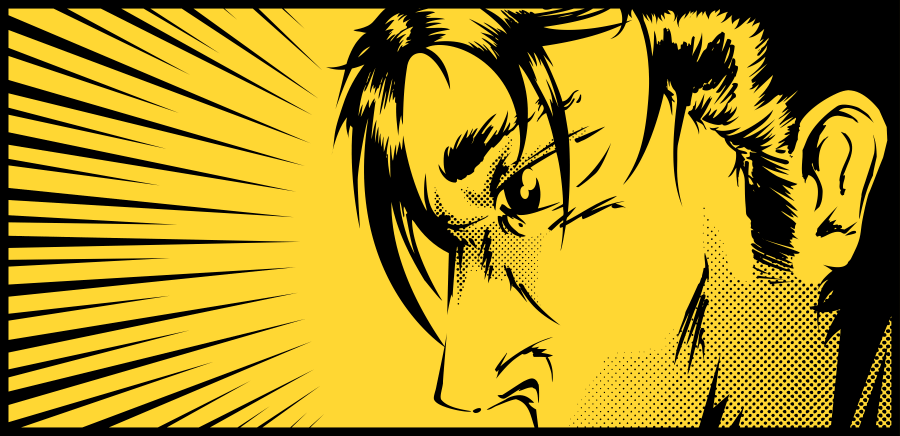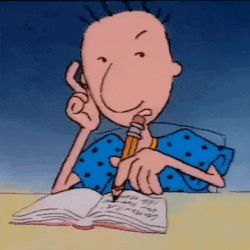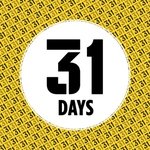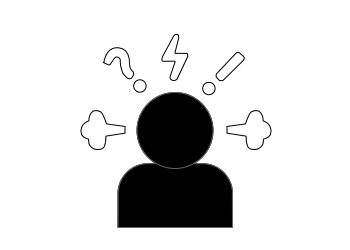
I can tell you exactly where I was when I realized I was showing up for myself in a radical new way. It was April of last year and I was sitting in my car, parked outside a grocery store in the Pacific Palisades. I was on the phone with Liz, the woman who was about to become my ex-girlfriend. Our relationship had been long distance, and a week before, she'd come to visit for an extended stay. She'd wanted to hang out longer, and I'd told her I needed space. It had been a vulnerable thing for me to ask for—it kicked up every fear I'd ever had about my needs being a burden—and since my request, she'd been tossing ultimatums my way, threatening to walk away from the relationship. In the past, I would have launched into full pushover mode: apologized, groveled, done anything to get her to stay. But not this time.

“I'm really, really angry,” I told her, not believing the words that were coming out of my mouth. “As I understood it, we committed to each other, and now you're bailing. If you're going to walk away when I'm vulnerable with you, this isn't going to work for me.”
Revealing myself like that felt big. As men, most of us are wary of our emotions, but anger feels especially dangerous. Collectively, we've seen the damage left by generations of angry men, and we grow up in the shadow of that fear. As a result, many of us strive to be “good boys” who curb our natural feeling impulses, who tame the more fiery sides of our personalities, who learn to swallow complaints in our relationships. We learn to become Nice Guys who don't ruffle feathers.
That was me. A world class Nice Guy. I grew up with two parents who lived under the tyranny of abusive, alcoholic fathers. So, in good ol' New England Puritanical fashion, anger simply didn't happen in my house. If someone got upset, they got quiet. Then they drifted away: into booze, into television, or into the arms of another lover. Two divorces (my parents') and countless dysfunctional relationships (my own) showed me this technique of swallowing my anger didn't work, but it wasn't until I read Robert Glover's book No More Mr. Nice Guy that I really woke up. That book was instrumental in my seeing that my tendency to minimize my anger was turning minor frustrations—the kind of disagreements that could be hashed out in two minutes—into boiling hot rage.
Rage is what we see in our culture and call anger: it's our father or boss “losing his temper.” It's the guy next to us in traffic giving us the bird; it's the passive aggressive poison we see on social media; it's war, oppression and abuse. For many of us, rage is all we know.
But anger—along with the other primary human emotions: love, joy, surprise, and sadness—is natural and totally healthy. Unlike rage, which hurts, cuts and separates, anger can actually connect us. Especially when expressed appropriately. I'll never forget the moment in a men's group a few years ago when I got angry at a friend for consistently going over his allotted time to speak. I was immediately hit with a wave of shame, positive he'd never speak to me again. Instead, he hugged me after the meeting. “I like seeing that side of you,” he said. “I feel like you are more real now.” That rocked my world for a while until I had a woman I was dating tell me a variation of the same thing: “I can't trust a guy who won't get angry,” she said. “If you can't tap into that fire in yourself, how are you going to defend me or our family?”
We heal the past by feeling the past. So going into our childhood anger in a safe space is a crucial part of any man's therapeutic process. In my experience with life coaching, I find there are two types of guys: Those who come into my office and know they're angry (I've had clients say to me: “If I let out my anger I'd kill someone,” or “It would overtake me completely”) and those who deny the very existence of it.
Advertisement
Those deniers are tough to crack. They'd rather have a colonoscopy than be seen as “out of control.” Which is why we have to get a bit crafty. One way to find our anger is to pay attention to the triggers that occur out in the real world. One of my clients recently got married and was deeply upset when a few close friends were unable to make the party at the last minute. He said: “I was so mad they didn't show up for me.” Using that line as a thread we were able to go deeper into the original source of the anger, identifying other times in his life when he felt abandoned by others, including his parents.
I started to dip into my own repressed anger back in 2015, in an interactive therapy group in New York. I watched as a fellow member of the group (an Orthodox Jewish woman from South Williamsburg in traditional dress: wig, cardigan and long skirt) beat the shit out of a pile of pillows that was supposed to be her ex-husband. It triggered something deep inside of me. Something primal. A few weeks later, I was screaming at an empty chair where my father was supposed to be sitting. “Fuck you Dad, you left me!” It felt so good to let out.
Anger at my mother came slower. There's something very Freudian and taboo about getting mad at your mother. In fact, it wasn't until I began to notice the Nice Guy patterns in my romantic relationships that I realized how angry I'd always been at women, and all of it went back to Mom. Not the retired social worker mom living in Florida who I loved comparing notes with me on the phone in 2021, but the 28 year-old version of my mother who had unintentionally molded me into her “perfect, nice little man.” Therapist and author John Lee calls her our “ghost mother” in his book Breaking the Mother Son Dynamic.
I laid into my ghost mother for months in therapy back in 2019. I couldn't believe how much rage was there. It scared me yet enlivened me. As I punched pillows, screamed and twisted all the bath towels in my apartment into pretzels (an emotional release trick that Lee taught me), I started to get a lot of energy back. I had a therapist tell me once that depression is anger turned inward. That one stopped me in my tracks. And by the same token, the life force it takes to repress decades of anger returns to us when we let it out.
By early last year, I had noticed a full 180 in many of my relationships as a result of the anger work I was doing. My confidence and my ability to ask for what I needed with both women and men surged. I started to feel more masculine, more powerful. The women I dated told me they felt safer and more relaxed with me. And when anger was called for—like with Liz—I found myself able to articulate it appropriately without “losing it” into childlike rage. I also started setting more boundaries in my life, stopped tailgating other drivers on the road, and felt calmer when queuing up in a slow-moving line. For a guy who was sure he was condemned to lifelong impatience, it was miraculous.
But it makes perfect sense to Dacher Keltner, the director of the Berkeley Social Interaction Lab, who says that our brains experience anger in a positive way. “When we look at the brains of people who are expressing anger, they look very similar to people who are experiencing happiness,” Keltner told The Atlantic. “When we become angry, we feel like we're taking control, like we're getting power over something.”
Many of my clients come into coaching work telling me: “I want to accept myself. I want to love myself.” And I tell them that if we can show up and love something as messy as our own anger, we can love anything. That's the phenomenon I experienced over the past several years. And I encourage you to do the same—allow yourself to get angry once in a while. You'll be so happy that you did.
FYI
Anger helps you speak more clearly by removing that filter to say what you really feel, according to research by Ohio State University.
Advertisement


































